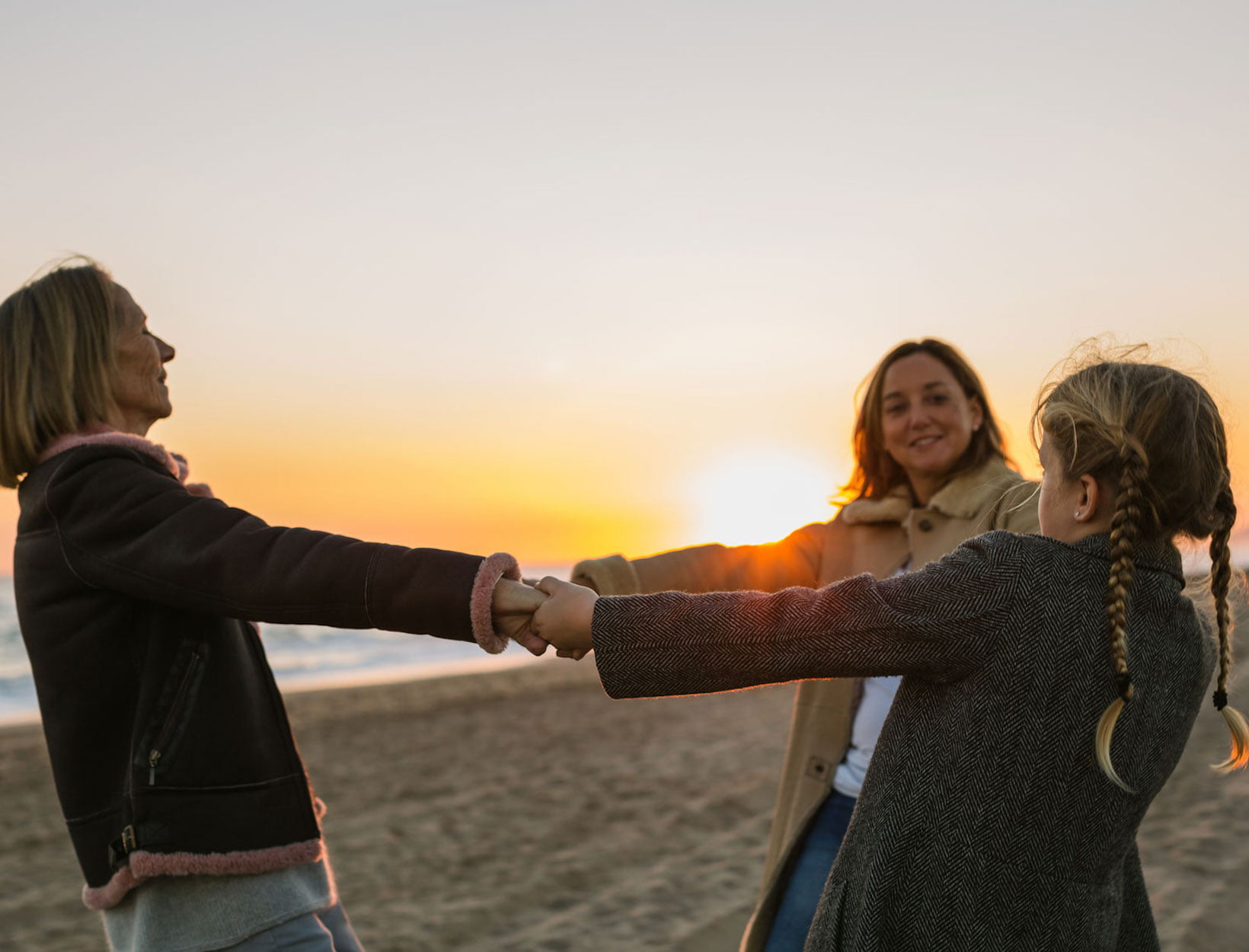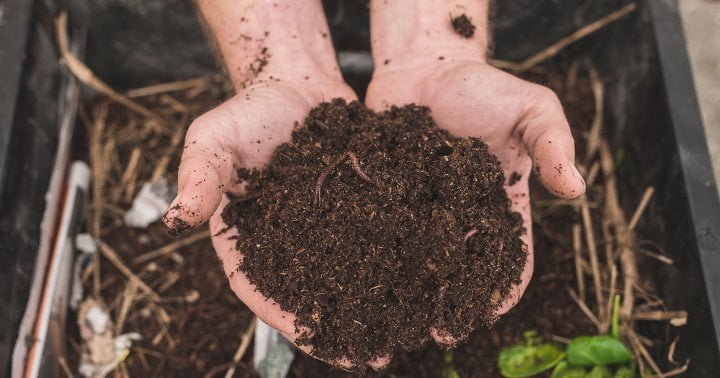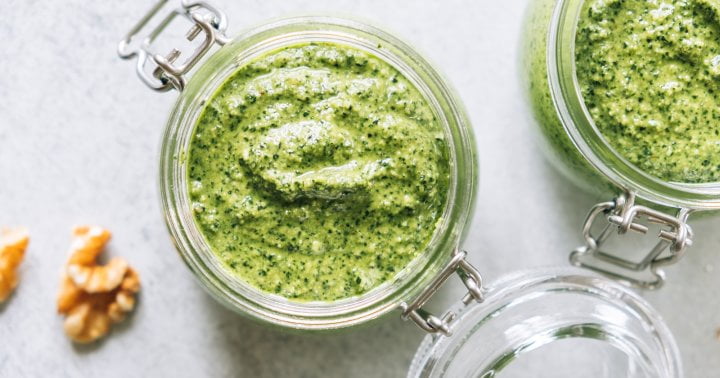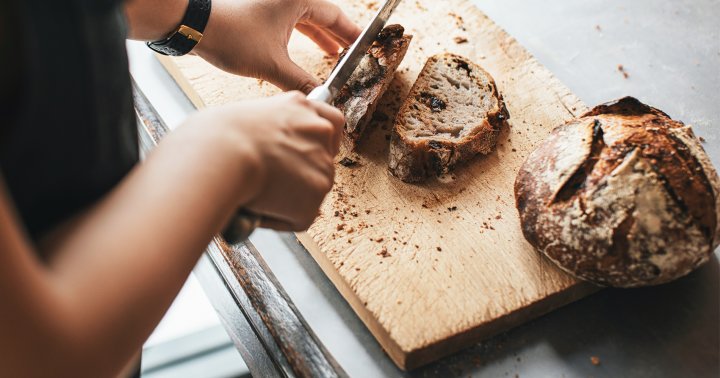Music Therapy and Aging | Goop
Most of us have experienced the power of music in connecting people, whether it’s a concert or a karaoke night. In my research, I looked at how it connects older adults with preschoolers, fourth graders, and college students, specifically. It was beautiful and entertaining to see. We used music as a source of interaction between the groups. From sing-along songs to rock band concerts, we found meaningful ways to connect the age groups that improved their cognitive skills and provided positive intergenerational experiences.
In one experiment with preschoolers and older adults, we used songs to help preschoolers learn their sight words (words that a child learns to recognize without sounding out the letters). Both the preschoolers and older adults learned and recited the songs, and the older adults helped with visual cues. We saw improvement in the preschoolers’ word and song recognition, and they gained positive, engaging experiences with older adults.
Each age group differed in how they connected. In the fourth-grade experiment, it was sometimes awkward getting the kids and older adults to become comfortable with one another. The shyer groups of fourth graders and older adults would say barely anything without my being involved. I used music activities with structured conversation prompts to create an environment for them to interact in. Fortunately by the end of the program, things dramatically changed—I couldn’t get the fourth graders and the older adults to stop talking to one another. We included reading and writing exercises so the fourth graders could practice these skills and the older adults could help them. We saw that the fourth graders improved their academic skills, and the older adults felt a sense of giving back. I remember there was an older adult who couldn’t see her grandchildren very often, and when she did, it wasn’t a pleasant experience. She thoroughly enjoyed our fourth-grade program because she was able to get a positive intergenerational experience that she wouldn’t have had otherwise.
For college students and older adults, I used music performance to connect the two groups by creating a rock band. Each semester, a group of college students and older adults performed a concert with pop music from the ’60s to modern-day—cue “Can’t Help Falling in Love” and “Uptown Funk.” They sang songs, played instruments, and performed choreography. By reciting music and learning to play an instrument, they were able to build cognitive skills, focus, and attention. And the choreography allowed for more physical activity and coordination. The older adults really embodied the music, which helped them connect with the college students. And it translated to an increase in connection with their adult children—they could now sing along when they heard the song on a playlist or watching TV. Playing in the band allowed their self-expression to increase while their sense of isolation decreased. The program gave them consistent motivation to get up out of bed every day and leave their house, especially for those with depression. And both parties left the program with positive (and fun) intergenerational experiences.
This article was originally published by goop.com. Read the original article here.




